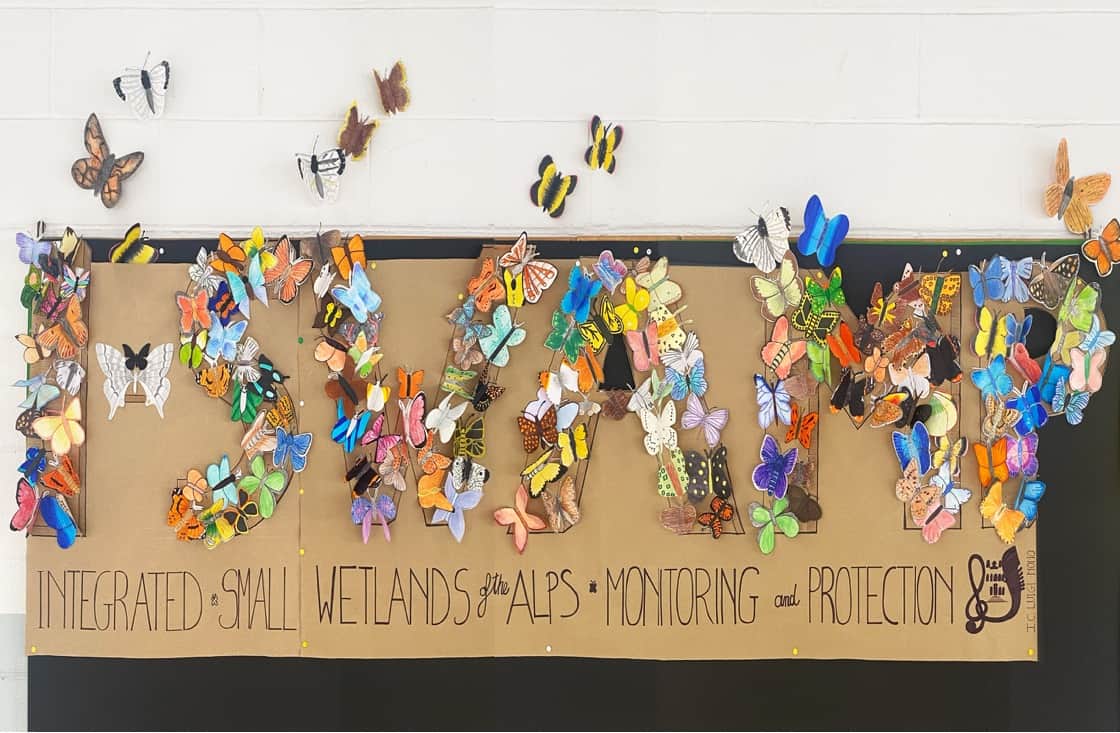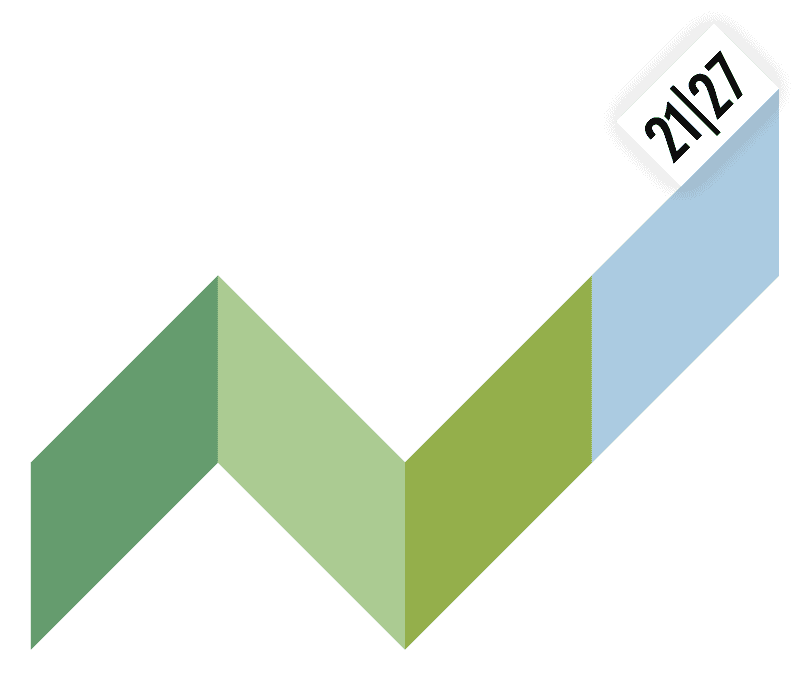I-SWAMP came to an end on February 29th. We are happy to announce its successful completion, marking a significant milestone in our collaborative efforts to achieve all outlined objectives. The project has prepared many valuable resources now available to the public, to help environmental education, biodiversity monitoring, and ecological restoration in small Alpine wetlands.
Here’s a glimpse of what we’ve accomplished:
1) Educational Booklet for Youth (Ages 6-14):
Available in three versions (five languages), our educational booklet engages young minds in the wonders of Alpine wetlands, fostering a deeper appreciation for the environment. This is a useful tool for teachers and educators. You can download it here:
2) Biodiversity Monitoring Report:
Our comprehensive report details the biodiversity monitoring efforts conducted across project sites, providing valuable insights into the richness and uniqueness of these ecosystems (and what to expect in the case of degraded habitats). You can download it here.
3) Conservation and Ecological Restoration Report:
This report outlines the various activities undertaken to safeguard these crucial habitats under I-SWAMP, and our suggestion for the future management. You can download it here.
4) Guidelines for Monitoring and Conservation of Alpine Wetlands:
The main legacy of I-SWAMP, these guidelines serve as a comprehensive resource for stakeholders involved in the management and protection of Alpine wetlands. They cover wetland types, monitoring protocols for vegetation, amphibians, butterflies, and dragonflies, as well as management strategies and best practices tailored to different habitats and environmental pressures. You can download the guidelines here.
To say goodbye, we are delighted to share a snapshot from the participation of second-grade classes at the IC Luigi Nono School in Mira (Italy), who took part in our educational activities. Under the guidance of their art professor Patrizia Giuliani, the students prepared this vibrant and colourful display, showcasing examples of the butterfly fauna found in Alpine wetlands, featuring both common and rare species.
The colourful tableau created by the young minds at the IC Luigi Nono School serves as a poignant metaphor for the project’s conclusion. We hope that I-SWAMP has left a mark on the awareness of our communities, fostering a deeper understanding of the vital role played by wetlands in the Alpine region, providing useful tools to its various stakeholders.



